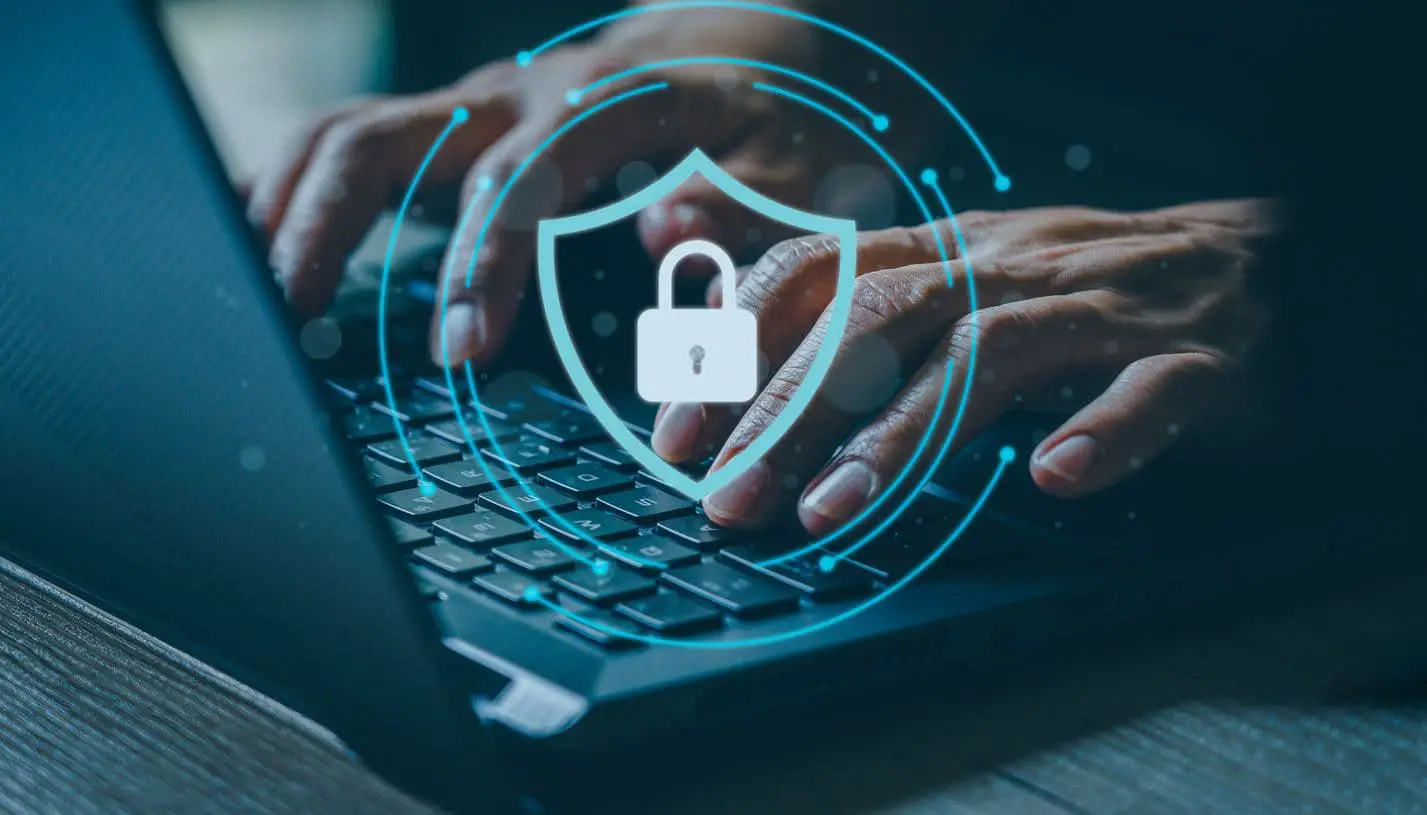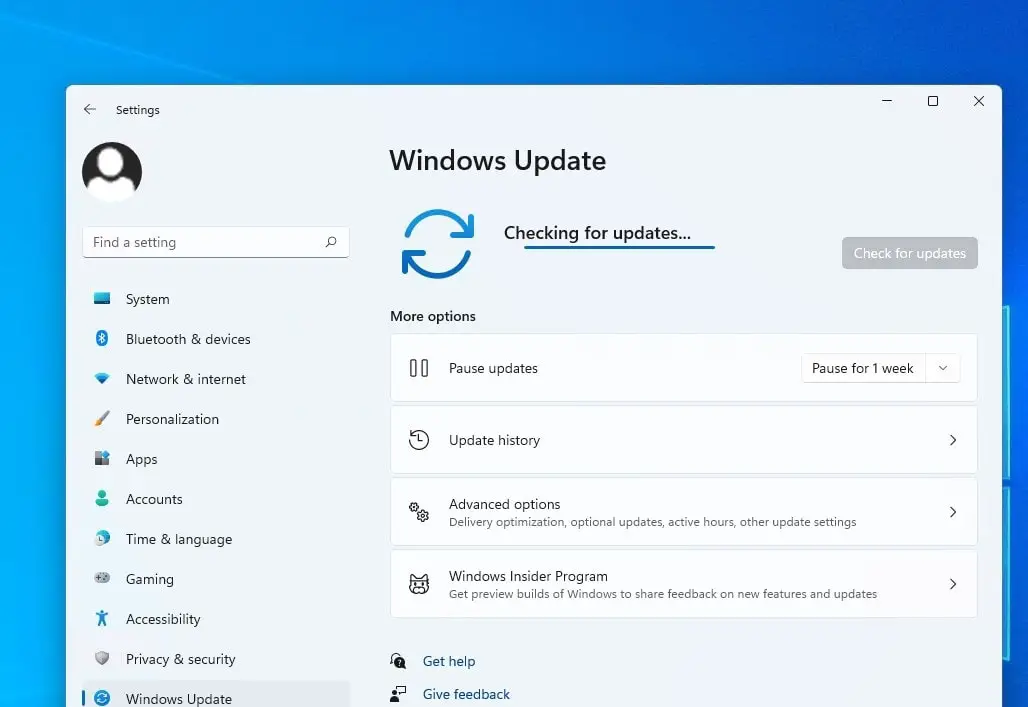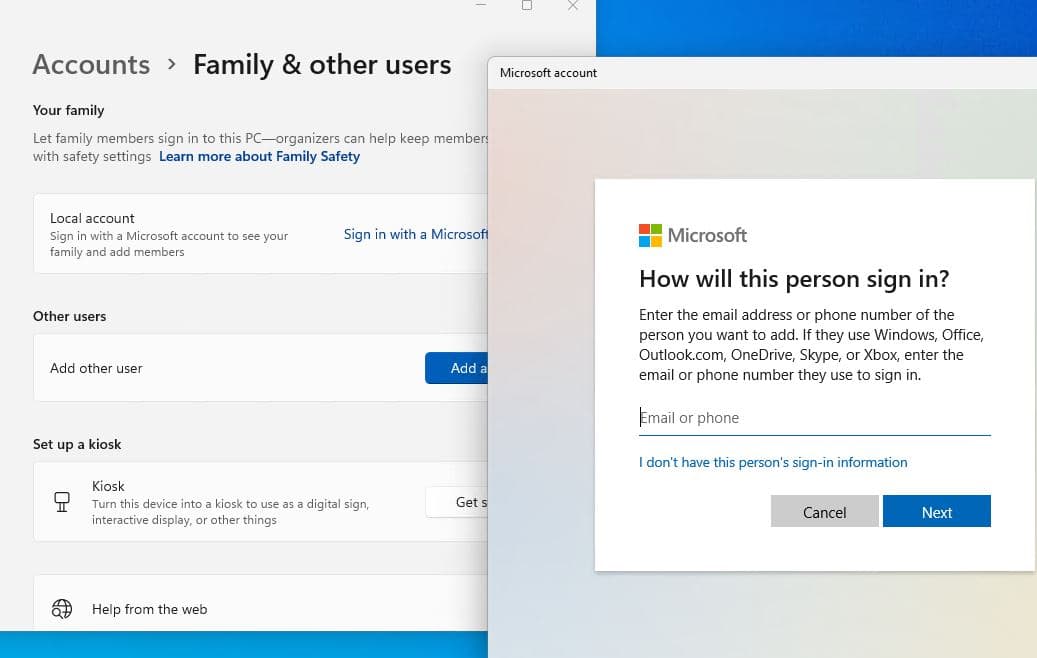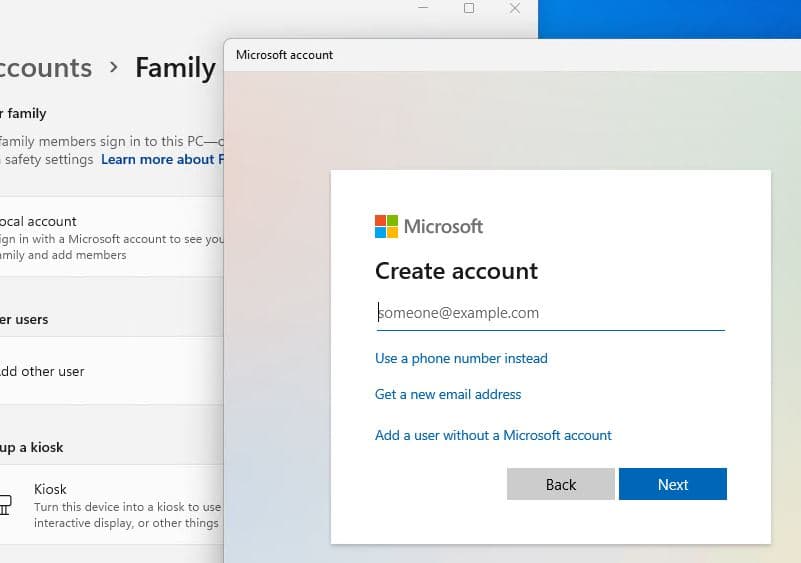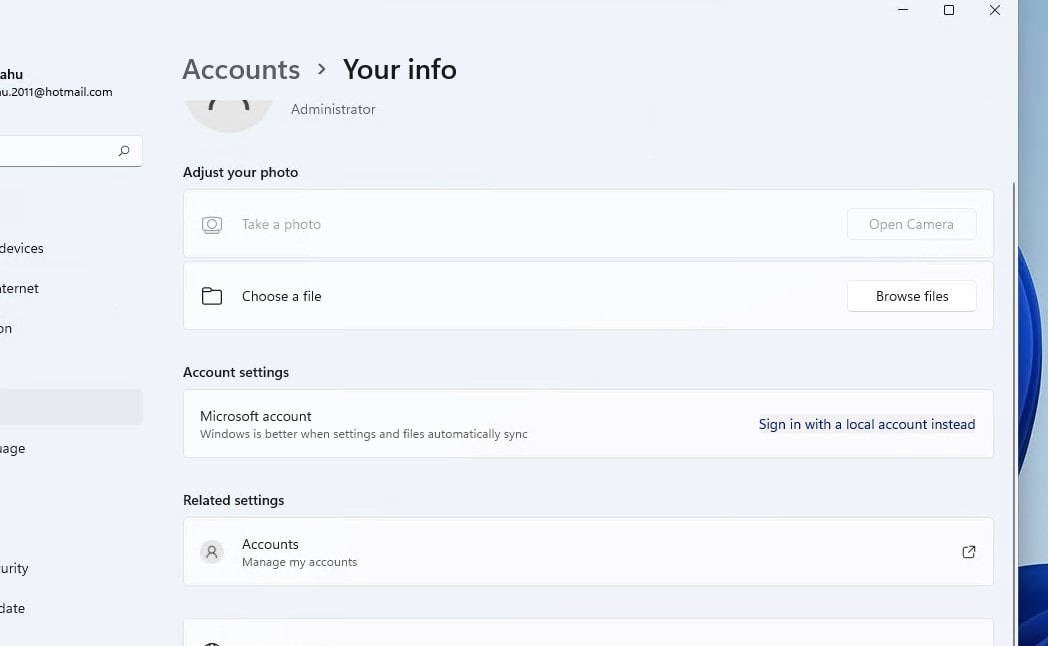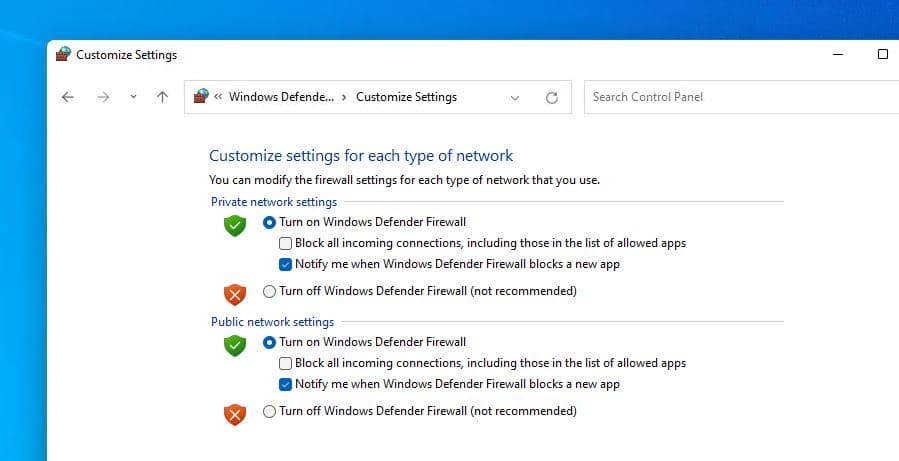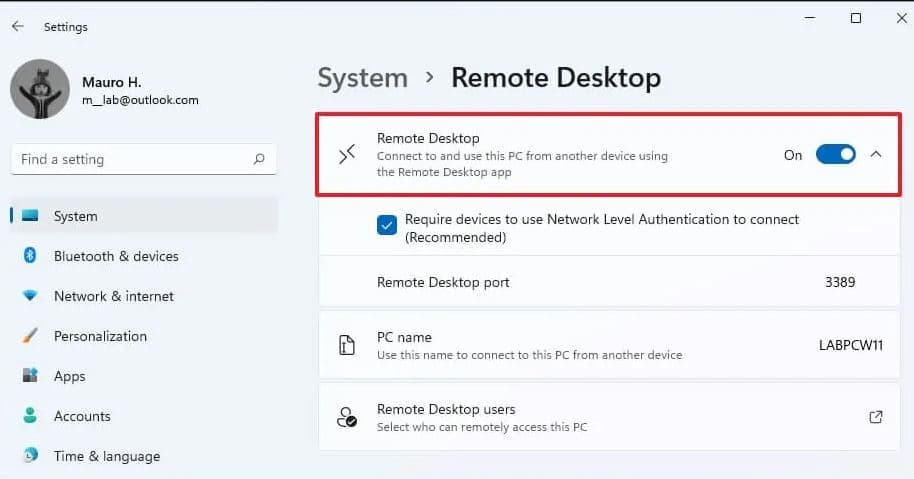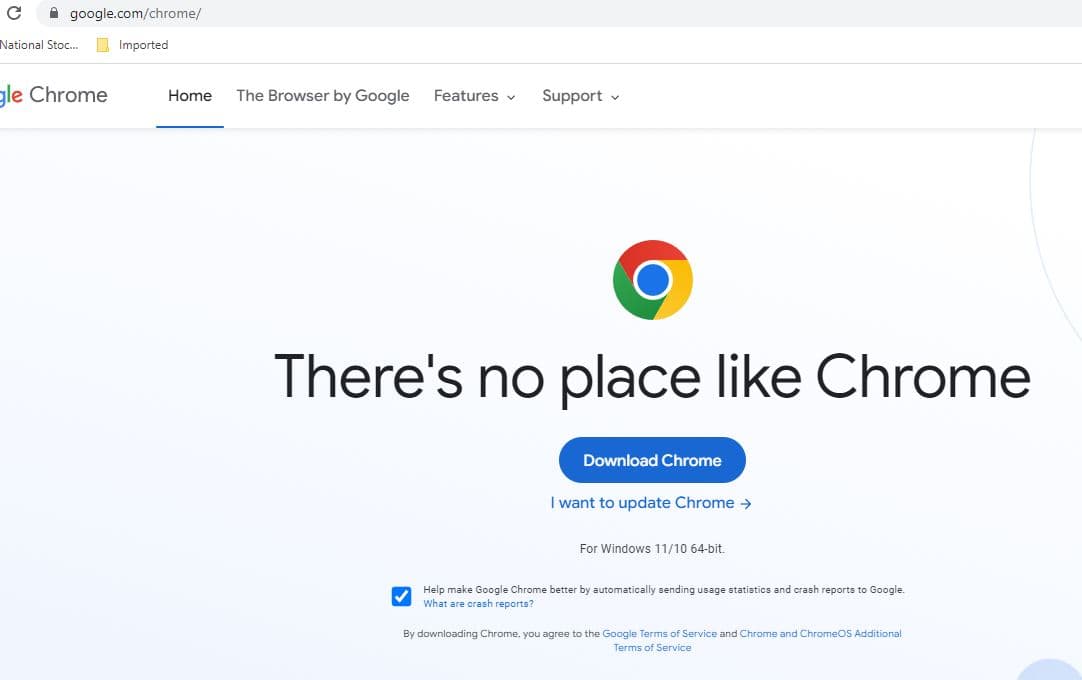Microsoft has rolled out its most secure operating system windows 11 with a number of new features and additions. This time you need a computer with Trusted Platform Module (TPM) 2.0 and UEFI boot enabled to upgrade or install the latest windows 11 that ensures security. But TPM is only the beginning of the security and safety features that are built into Windows 11, if you have a new Operating system installed here we have 11 security tips for your laptop and desktop.
Windows 11 is a pretty secure operating system, But these tips make your Data more safer and secure.
How do I secure my Windows 11 PC
If you own a Windows 11 PC or laptop you can apply these steps to always safe and secure your data, Also optimize Windows 11 system performance as well.
Install the latest Windows updates
Microsoft regularly releases Windows updates with security improvements and patches recent bugs that may cause different errors or slow down the PC. Installing the latest Windows updates is necessary to ensure security and stability.
Good security begins with keeping your software updated
- Press Windows key + I to open the Windows 11 settings app,
- Go to the Windows update section then click on the check for updates button,
- If new updates are pending there allow them to download and install on your device,
- Once done you need to reboot your computer to apply them.
Turn off the automatic login
Sometimes we don’t set passwords for user accounts, to access the Windows desktop screen quickly or sign in to a Windows computer without a password. But did you know doing so, is vulnerable to unauthorized access by people around you? If you have important data on your device it’s always recommended to protect your user accounts with a strong and secure password so that no one can use your PC without your permission.
Passwords are the first thing that hackers will focus on if they choose to target you
What does a strong password mean? Here we recommend a complex password that includes numbers, letters, and symbols and it’s more than eight digits long.
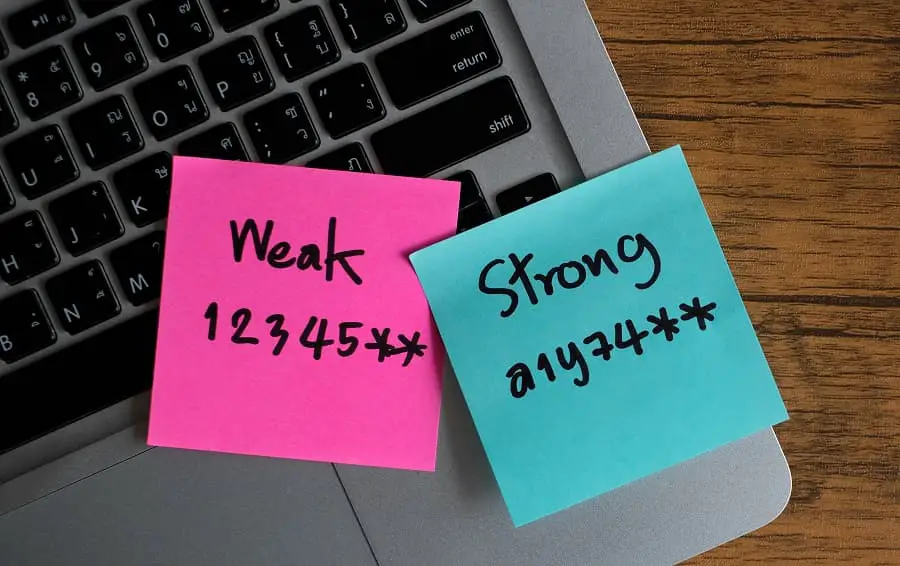
Always use your computer with a local user account
Usually, our Windows 11 PC has two Accounts, a local account and the second one is an Administrator account that has full control to make changes on your PC, but it’s hidden. And local user accounts don’t have that much permission to make changes to your PC.
Using the local account is a much more secure way of securing windows 11
To add a local user account on Windows 11
- Click on the Start menu and then select settings
- From the Settings menu, select Accounts then Family & Other Users.
- Now head to Add other users then click on Add account,
- Here add the email address to create a Microsoft account and click on i don’t have this person’s sign-in information to move to create a local user account.
Recommend to read: Windows 11 local account vs Microsoft account, which one is best for you?
- Next, click on Add a user without a Microsoft account and follow on-screen instructions to add or create a local user account on Windows 11.
If you have some important task to complete then only use the administrator Account.
Pro tip – To enable the hidden administrator account open the command prompt as administrator then type net user administrator /active:yes
How to Switch Microsoft Account to Local in Windows 11
If you are already on Microsoft account then you can switch to local account by following the steps below.
- Open Windows 11 Settings, Go to Accounts then your info
- Here next to account settings you will get the option to sign in with a local account instead. Click on it and follow the on-screen instructions.
Again if your PC is accessed by multiple people then create a separate Windows account is not a bad idea to keep it protected from the random actions of others.
How do I configure user accounts for maximum security?
- Sign in using a Microsoft account with multi-factor authentication
- Create standard accounts for inexperienced users
- Install a password manager for every user
- Set up multi-factor authentication on all online accounts
- For home PCs, consider setting up family safety features
Enable your firewall and antivirus
Yes, this is very important, To secure your Windows 11 laptop we recommend always enable security programs like third-party antivirus or Windows security (Windows Defender) and firewall.
Security software is one layer in a defensive strategy designed to keep threats from ever reaching a PC
Windows has built-in antivirus software (the Microsoft Defender security), so you should check to make sure it’s enabled. It’s always recommended to install the latest updated third-party antivirus or anti-malware application and perform full system scan for virus or malware infection.
The Windows Defender Firewall helps protect your devices from outsider access, and you can set special rules regarding who can access your device and which traffic you want to restrict from entering it.
- Open Control Panel, then to System and Security.
- Click Windows Defender Firewall, then click Turn Windows Defender Firewall on or off in the sidebar.
- Select the radio button that says Turn on Windows Defender Firewall under both the public network and private network settings.
- Also, tick the box that says Notify me when Windows Defender Firewall blocks a new app.
Disable the remote access
Windows Remote Desktop feature allows you or others to connect to your computer remotely over a network connection. That means remote access allows someone to control everything on your computer as if they are directly connected to it. It’s very useful for remote support but Unfortunately, hackers can exploit Windows Remote Desktop. In more than one cyberattack, criminals have gained to tried to gain control of remote systems, installed malware, or stolen databases full of personal information.
By default, the remote desktop feature is disabled, But you have enabled it we recommend disable remote access to secure your Windows 11 PC.
- Press Windows key + I to Open Settings on Windows 11
- Go to System then Click on Remote Desktop on the right side
- And finally, Turn off the Remote Desktop toggle switch.
Avoid pirated software
Don’t install pirated software, and always install genuine software that downloads from the official site only. Installing pirated software may contain malicious code that may allow hackers to control your PC remotely.
Again Not all third-party apps are secure. First off, make sure that you only download from official stores and websites. Hackers might sometimes create fake app downloads and use them to infect your PC with malware. However, even if the third-party app is legit, it might not be very secure, putting all data connected to that app at risk.
Use a secure browser
Did you know when you browse the internet, You send so much importance to a third party? Especially if you are using an outdated web browser it makes it easy for someone to hack or collect your browser activity. That’s why Keeping your browser updated is just as important as keeping your software updated, so set auto-updates right away.
Also, be careful when choosing a browser and opt for one that can block pop-ups and detect unsecured websites, such as Chrome or Mozilla Firefox.
Always visit secure websites only, Whenever you open or visit a webpage check its secured with HTTPS protocol. If it shows http only you are visiting an insecure website, avoid sharing any details there and download any content from that insecure site.
Free Wi-Fi hotspots can be unsafe and we strongly recommend avoid connect to public wifi. If you’re doing anything important, use a VPN that encrypts everything you send and receive.
Backup windows 11
Backing up your important data should be part of your security strategy, and we recommend use a trusted cloud backup service and keep an offline copy of your critical files locally, ideally in a fire safe.
You should also ensure that System Restore is enabled, and that restore points are being successfully created.
Having an offline backup “ensures that you’re triple-protected against a ransomware attack, a hardware failure, or the theft of your device.
What’s the best way to protect data files?
- Turn on BitLocker encryption for all data drives
- Back up your encryption keys
- Back up data files to the cloud
- Back up critical data files to local storage
These are some basic advice or tips even recommended by Microsoft to safe and secure your Windows 11 computer.
Also read:
- Windows 11 Update Failed or Stuck? Here’s How to Fix That
- Windows 11 Laptop battery drains quickly? 7 Ways to Improve Battery Life
- How to Remove the Evaluation Copy Watermark on Windows 11
- Bluetooth not working after Windows 11 update? 6 solutions to apply
- Windows 11 Snap Layouts not working? 3 working solutions to fix it
